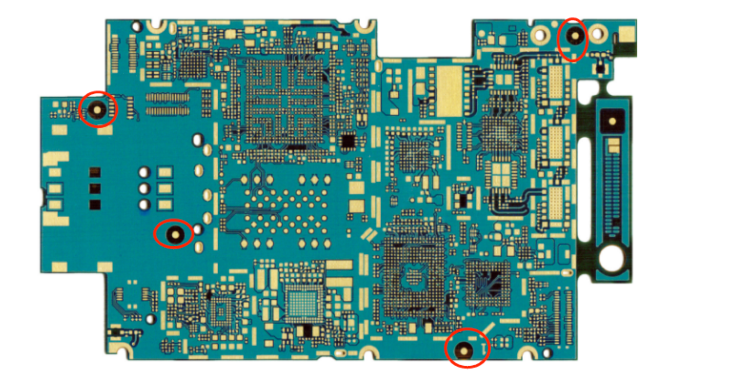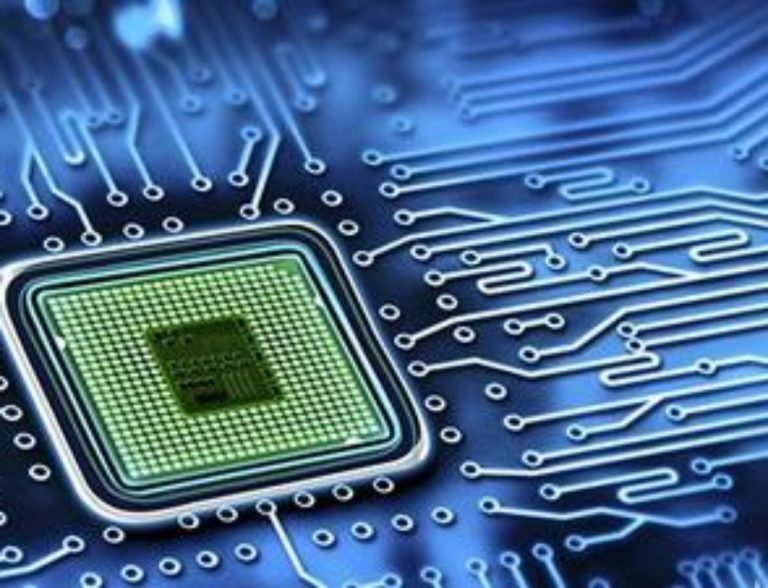Advancements in PCB Mass Production for Efficient Circuit Design
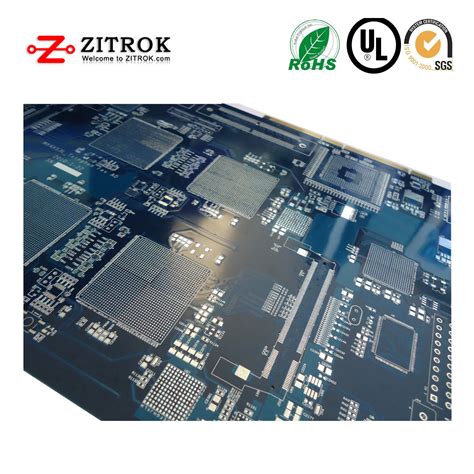
Key Takeaways
As you navigate the ever-evolving landscape of PCB mass production, it’s crucial to understand the key advancements that impact your circuit design efficiency. The shift towards automation and sophisticated design software has transformed how PCB manufacturing companies operate. With improved technologies, these companies can significantly reduce the PCB manufacturing cost while enhancing production speed and quality. You may find that modern tools not only help in designing circuits but also streamline collaboration between designers and manufacturers, leading to a more efficient process overall.
The introduction of advanced simulation tools plays a vital role in this evolution. These tools allow you to test your designs virtually before committing them to physical fabrication, reducing errors and time spent on prototyping. Moreover, educational institutions are increasingly adopting these technologies, empowering students with the skills needed in today’s competitive PCB manufacturing business environment.
| Key Component | Benefit |
|---|---|
| Advanced Design Software | Eases the design process and reduces errors |
| Automation in Production | Helps lower costs and increase efficiency |
| Simulation Tools | Allows for risk-free testing of designs |
In essence, leveraging these advancements not only enhances your ability to produce quality circuits but also positions you well within the burgeoning pcb manufacturing sector. Whether you are a professional seeking efficiency or a student aiming to deepen your knowledge, embracing these developments is essential for success. For further insights and resources on this topic, consider visiting Andwin PCB.

The Evolution of PCB Mass Production Techniques
The journey of PCB mass production has witnessed remarkable transformations over the years, driven by the need for more efficient and reliable designs. Initially, pcb manufacturing was a labor-intensive process, often presenting challenges regarding consistency and scalability. However, with the advent of automated technologies and sophisticated machinery, pcb manufacturing companies have redefined their approaches, allowing for higher precision in circuit design. This evolution has significantly lowered the pcb manufacturing cost, making it accessible for a broad range of applications, from consumer electronics to complex industrial systems. Moreover, the incorporation of advanced software tools has empowered designers to quickly adapt to changes in requirements, enhancing their overall design capabilities. You might find that these innovations not only increase production efficiency but also enable a more sustainable pcb manufacturing business, paving the way for future advancements in circuit technology. As we delve into these advancements, it becomes clear how essential they are for supporting your design processes and improving product outcomes overall.
Key Technologies Driving Efficient Circuit Design
In the realm of PCB mass production, several key technologies are revolutionizing the way PCB manufacturing companies operate, leading to more efficient circuit design processes. One of the primary advancements is the incorporation of innovative automation systems that enhance precision and reduce human error during production. These systems not only streamline workflows but also greatly affect the overall PCB manufacturing cost by optimizing resource utilization and minimizing waste. Furthermore, advanced software tools facilitate seamless integration between design and manufacturing stages, ensuring that all components are thoroughly tested for functionality before mass production begins.
Additionally, emerging technologies such as 3D printing and additive manufacturing are becoming more prominent in PCB manufacturing. These methods allow for rapid prototyping and iteration, giving engineers the ability to experiment with complex circuit layouts without substantial investment upfront. This is particularly beneficial for startups embarking on a PCB manufacturing business, as they can explore diverse design options while keeping costs low.
You should also consider the impact of the latest simulation tools, which provide you with an in-depth analysis of circuit behavior under various conditions before actual fabrication. This not only enhances design reliability but also shortens development cycles, which is crucial for maintaining a competitive edge in today’s fast-paced market.
“Embracing technology in PCB design not only ensures efficiency but also paves the way for innovation.”
As you explore these cutting-edge technologies within the landscape of PCB mass production, remember that staying updated on current trends will empower your designs and bolster your capabilities in delivering high-quality products.
Enhancements in Design Capabilities for High-Volume Production
In today’s fast-paced technological landscape, the enhancements in design capabilities are pivotal for boosting PCB mass production efficiency. As you delve into the world of PCB manufacturing, you will find that advancements in software tools and automation have drastically improved how designers create and test circuit layouts. Enhanced design capabilities allow you to incorporate higher levels of complexity while maintaining accuracy, which is essential for effective circuit design. Moreover, PCB manufacturing companies now offer sophisticated platforms that integrate real-time feedback, enabling you to make changes instantaneously and reducing the overall PCB manufacturing cost. Your ability to simulate various circuit parameters during the design phase further streamlines the process, thereby ensuring higher quality in your final product. This not only equips professionals for seamless execution but also allows students and novice designers to grasp intricate concepts with greater ease. The advancing technology behind these tools reinforces their significance in your work, underscoring that state-of-the-art solutions are fundamental to successful PCB manufacturing business operations. As enhancements continue to unfold, you’re presented with an evolving toolkit that promises not only efficiency but also innovation in high-volume production scenarios.
Streamlining PCB Production Processes for Professionals
In the rapidly evolving landscape of PCB manufacturing, professionals are increasingly exploring advanced methodologies to optimize production processes. Incorporating state-of-the-art technologies, you can significantly reduce the PCB manufacturing cost while enhancing overall efficiency. By adopting automated solutions and leveraging software tools, PCB manufacturing companies can streamline their workflow, which not only accelerates the design phase but also minimizes the risks associated with human error. Implementing advanced design software allows you to visualize prototypes and make adjustments in real-time, thus saving valuable time and resources usually spent on revisions and iterations. Moreover, by focusing on innovative practices within your PCB manufacturing business, you position yourself to meet the growing demand for high-quality printed circuit boards that fulfill both consumer expectations and regulatory standards. This shift towards efficiency does not just benefit large-scale operations; small to mid-sized companies also stand to gain from these advancements, as better processes lead to increased competitive advantage in a crowded market.
Supporting Educational Initiatives: Tools for Students and Teachers
In today’s rapidly evolving technological landscape, PCB manufacturing plays a crucial role in both professional and educational settings. For students and teachers, access to cutting-edge PCB manufacturing tools is essential in bridging theoretical knowledge with practical skills. Innovative software solutions are available that simplify the design process, enabling students to create their own PCB designs much faster and with greater accuracy. Moreover, these tools offer comprehensive tutorials and resources that guide novices through the complexities of PCB manufacturing cost considerations and material choices. Educational institutions can benefit immensely from partnerships with leading PCB manufacturing companies, allowing them to keep their curriculum aligned with the latest industry standards. This collaboration not only enhances student understanding but also prepares them for diverse opportunities within the PCB manufacturing business landscape. By investing in these educational technologies, you empower young minds to excel in circuit design and production, ensuring a strong foundation for future innovation in the field.

The Role of Simulation Tools in PCB Design Efficiency
In the world of PCB manufacturing, simulation tools have emerged as critical assets that enhance the overall efficiency of the design process. These tools enable you to visualize and test circuit designs before they move into production, significantly reducing errors and identifying potential issues early on. By leveraging these simulation capabilities, you can ensure that your designs meet the necessary standards and specifications required by PCB manufacturing companies. Additionally, they provide valuable insights that aid in optimizing performance, which ultimately translates to lower pcb manufacturing costs. These savings are essential for running a successful pcb manufacturing business as they allow for more competitive pricing and improved profit margins. Furthermore, simulation tools foster creativity by allowing designers to experiment with new ideas without the immediate costs associated with physical prototypes. This innovative approach not only enhances your productivity but also accelerates the transition from design to mass production, leading to quicker project turnarounds and a higher output of quality PCBs. Overall, investing in effective simulation tools is a strategic move that can significantly elevate your PCB design efficiency and drive success within your business model.
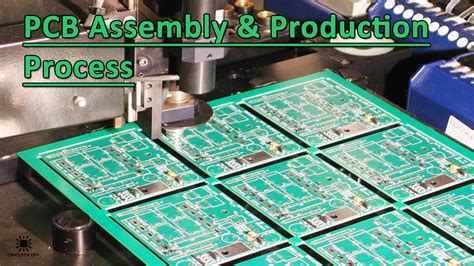
Addressing Challenges in Large-Scale PCB Fabrication
In the pursuit of efficient PCB manufacturing, various challenges emerge that require strategic solutions. One of the primary issues faced by PCB manufacturing companies is maintaining consistent quality across large batches. As production scales up, the risk of defects can increase, impacting the overall PCB manufacturing cost and timelines. To counter this, implementing advanced quality control measures is essential; these measures can include real-time monitoring systems and automated inspection processes. Furthermore, collaboration with suppliers and leveraging state-of-the-art materials can enhance reliability and performance in large-scale production. Streamlining communication between teams involved in the PCB manufacturing business is also critical; effective communication facilitates swift adjustments in designs or processes that can mitigate bottlenecks. By prioritizing these strategies, you can effectively address challenges and optimize your operations for successful mass production of PCBs, ultimately leading to robust circuit designs that meet market demands efficiently.
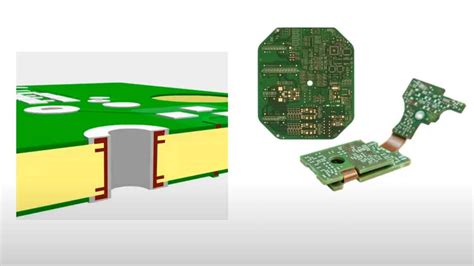
Conclusion
In summary, the advancements in PCB mass production have significant implications for both the industry and educational sectors. As you explore the world of PCB manufacturing, you’ll find that new technologies are continually being developed to reduce the PCB manufacturing cost while enhancing the efficiency of production processes. Understanding these innovations allows you to engage with leading PCB manufacturing companies that leverage advanced techniques, such as automation and improved design software, to stay competitive. These improvements not only cater to high-volume production needs but also make it easier for newcomers in the PCB manufacturing business to enter the field. By harnessing enhanced design capabilities and streamlined processes, you are better positioned to create efficient circuit designs that meet today’s demanding market criteria. Furthermore, incorporating simulation tools will empower you and your team or students to visualize complex designs more effectively, ultimately promoting a deeper understanding of PCB concepts and encouraging innovation in circuit design.
FAQs
What are some common methods used in pcb manufacturing?
In pcb manufacturing, techniques such as photolithography, screen printing, and pick-and-place assembly are widely employed. These methods enable efficient and precise fabrication of printed circuit boards, catering to various applications.
How do I select the right pcb manufacturing companies?
When choosing pcb manufacturing companies, consider factors like reputation, production capabilities, and customer support. It’s essential to review their previous projects and client feedback to ensure they align with your production requirements.
What factors influence the pcb manufacturing cost?
The pcb manufacturing cost is influenced by various elements such as material types, layer count, production volume, and complexity of the design. Additionally, custom features like surface finishes or extra testing can impact overall costs.
What should I know before starting a pcb manufacturing business?
Before venturing into a pcb manufacturing business, familiarize yourself with industry standards, necessary certifications, and market trends. Understanding customer demands and establishing solid relationships with suppliers can greatly contribute to your success.
For more insights on PCB manufacturing processes and offerings, please visit this link.


